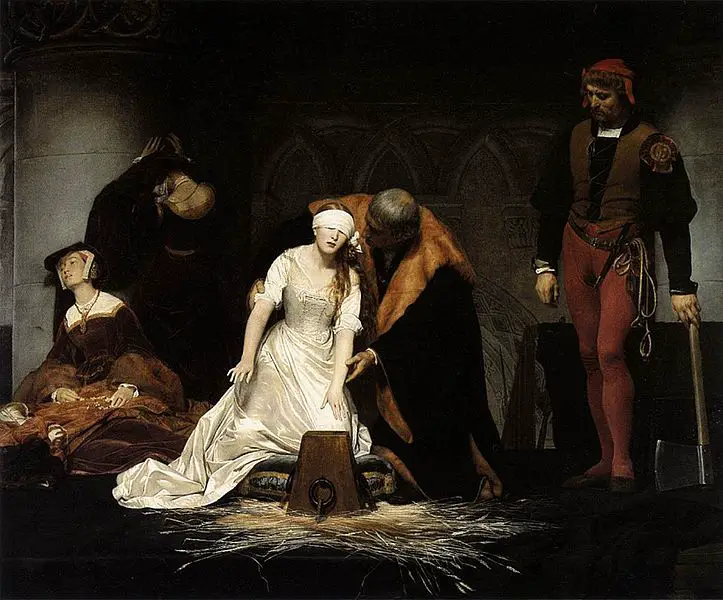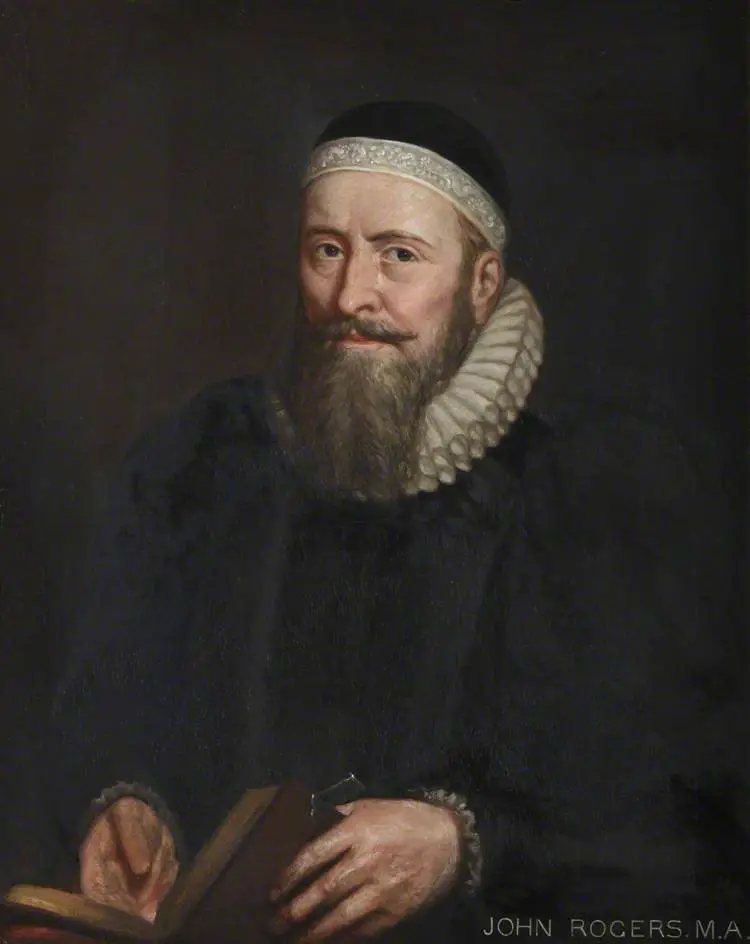 On this day in history, Saturday 6th February 1557, in the reign of Queen Mary I, the remains of reformers Martin Bucer and Paul Fagius were exhumed and publicly burned after the two men were posthumously found guilty of heresy.
On this day in history, Saturday 6th February 1557, in the reign of Queen Mary I, the remains of reformers Martin Bucer and Paul Fagius were exhumed and publicly burned after the two men were posthumously found guilty of heresy.
Paul Fagius had died of plague in 1549 and had been laid to rest in St Michael's Church, Cambridge, and Martin Bucer had died of tuberculosis in 1551 and had been laid to rest in the Church of Great St Mary's in Cambridge.
Martyrologist John Foxe gives details of what happened to the remains of these men in his Book of Martyrs:
"The beginning of the year 1557, was remarkable for the visit of Cardinal Pole to the University of Cambridge, which seemed to stand in need of much cleansing from heretical preachers and reformed doctrines. One object was also to play the popish farce of trying Martin Bucer and Paulus Phagius, who had been buried about three or four years; for which purpose the churches of St. Mary and St. Michael, where they lay, were interdicted as vile and unholy places, unfit to worship God in, until they were perfumed and washed with the pope's holy water, etc., etc. The trumpery act of citing these dead reformers to appear, not having had the least effect upon them, on January 26, sentence of condemnation was passed, part of which ran in this manner, and may serve as a specimen of proceedings of this nature: "We therefore pronounce the said Martin Bucer and Paulus Phagius excommunicated and anathematized, as well by the common law, as by letters of process; and that their memory be condemned, we also condemn their bodies and bones (which in that wicked time of schism, and other heresies flourishing in this kingdom, were rashly buried in holy ground) to be dug up, and cast far from the bodies and bones of the faithful, according to the holy canons, and we command that they and their writings, if any be there found, be publicly burnt; and we interdict all persons whatsoever of this university, town, or places adjacent, who shall read or conceal their heretical book, as well by the common law, as by our letters of process!"
After the sentence thus read, the bishop commanded their bodies to be dug out of their graves, and being degraded from holy orders, delivered them into the hands of the secular power; for it was not lawful for such innocent persons as they were, abhorring all bloodshed, and detesting all desire of murder, to put any man to death.
February 6, the bodies, enclosed as they were in chests, were carried into the midst of the market place at Cambrdige, accompanied by a vast concourse of people. A great post was set fast in the ground, to which the chests were affixed with a large iron chain, and bound round their centers, in the same manner as if the dead bodies had been alive. When the fire began to ascend, and caught the coffins, a number of condemned books were also launched into the flames, and burnt."
Foxe goes on to say that "Justice, however, was done to the memories of these pious and learned men in Queen Elizabeth's reign, when Mr. Ackworth, orator of the university, and Mr. J. Pilkington, pronounced orations in honor of their memory, and in reprobation of their Catholic persecutors." Their condemnations were overturned in 1560 and a ceremony held to restore their honour.
Notes and Sources
Image: The Burning of M Bucer and P Phagius Bones, A Solemn Procession of the University of Cambridge to St Mary's Church, British Museum, Creative Commons, © Trustees of the British Museum.
- Foxe's Book of Martyrs, Chapter XVI, Persecutions in England During the Reign of Queen Mary - This can be read at http://www.ccel.org/f/foxe/martyrs/home.html



I am not commenting on the merits or not of these executions, but it was a horrible thing to dig someone up, then execute them, for any reason, in addition to the horror of the execution, but believe it or not it happened if someone was otherwise judged to have escaped
just punishment. It occurred a few years after the death of John Wycliffe. His bones were dug up and thrown into the river. The remains of Oliver Cromwell were dug up in 1661 and he was charged with treason and his corpse beheaded. His head was given to a medical university and studied for years. It was only buried again in Westminster somewhere a few decades ago. The idea of this kind of punishment was to deny people a place in the after life. It seems strange and cruel to us, but these happenings are over 200 years apart, showing how deeply enshrined in the psyche of the day this was.
RIP Martin Bucur and Paul Fagius.